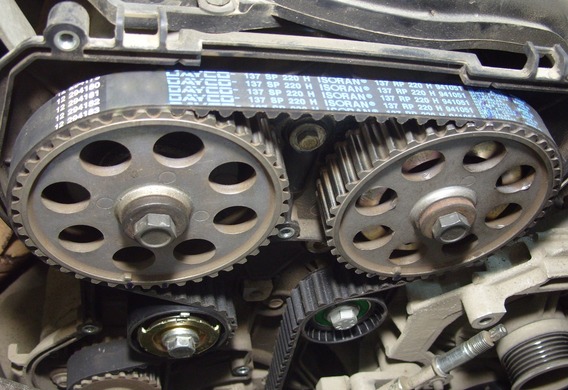
The gas distribution mechanism (EMG) shall provide for the synchronous rotation of the distribution and crankshaft for a timely opening and closing of valves. The GRM-Belt rupture may, in some cases, cause serious damage to the engine. In any case, however, the vehicle with the GRM ragged belt will be immobilized. In order for this to happen, the condition of the gas-distribution mechanism must be closely monitored.
How to determine the wear of the GRM belt.
1. The HM belt may start to "hammatiate".
2. Microfractures may appear on the EMG
As a general rule, the main wear marks are visible from the inside, the serrated side of the belt. Therefore, it is not always easy to determine its wear. Accelerates the wear of the belt, poor road conditions and dirt. That is why it is important to monitor the integrity of the GRM-belt enclosure.
An indirect sign of the wear of the GRM-belt may be the wear condition of the drive belt. Typically, the GRM belt and the belt have similar resources and wear roughly the same amount. Therefore, if a belt is severely worn, the replacement of the GRM-belt should be considered. The rods and the tenor of the belt change "in a situation": it is necessary to check them for the presence of noise and play.
A lot of people prefer to change all the skates along with the belt, because the jamming of any of the rollers will inevitably result in damage to the belt and possibly the engine.
The GRM belt must be changed at least as required by the service regulations of the vehicle. However, most services do not wait for maximum mileage and change the belt in advance. So the probability of a GRM-belt rupture is much lower.







